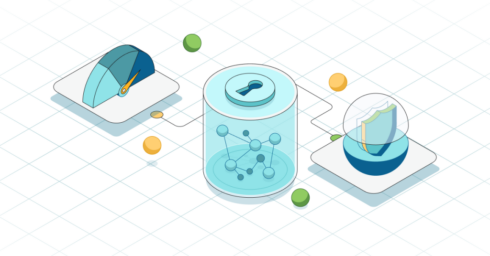
The graph database company Neo4j today announced Infinigraph, a new distributed graph architecture that allows Neo4j’s database to run both operational and analytical workloads in one system.
According to the company, silos often keep these workloads separate, leading AI applications to suffer, decision-making to be delayed, and costs to increase as a result of complex integration. Currently, some of the workarounds companies go through to bring these workloads together include having one database and one copy of data, one database and two engines (column-based and row-based), or having two or more synchronized databases.
“Infinigraph eliminates the need for these workarounds. It enables organizations to run both analytical and transactional workloads in the same system, at unprecedented scale, while avoiding ETL pipelines, sync delays, and redundant infrastructure,” the company wrote in a blog post.
Some examples of use cases that Infinigraph unlocks include the ability to detect fraud and analyze fraud rings from a single dataset or generate customer recommendations based on decades of customer data and behavioral trends. It also provides a single source of truth for generative AI assistants, compliance systems, and transactional applications.
It utilizes property sharding to ensure that the graph remains logically whole, so that queries behave in an expected way and applications can scale without needing to be rewritten. It also leverages autonomous clustering to detect and recover from failures, ensuring high availability.
It can scale to 100TB+, offers full ACID compliance, preserves graph structure for traversal, and allows billions of vectors to be embedded directly in the graph.
“Infinigraph sets a new standard for enterprise graph databases: one system that runs real-time operations and deep analytics together, at full fidelity and massive scale,” said Sudhir Hasbe, president of technology at Neo4j. “We’re giving builders the power to create intelligent systems that transform data into knowledge, scale without limits, and solve their biggest data challenges – without added complexity or cost.”
Infinigraph is available now in the company’s self-managed offering, and will be added to its cloud offering Neo4j AuraDB soon.
The company announced a few new updates to AuraDB as well, including property-based access control, the ability to run multiple databases in a single instance, an AI-powered dashboard generator, and the ability to scale storage independently from memory and compute.
According to the company, these latest features will make graph databases more secure, cost-effective, and accessible to people who aren’t database experts.






